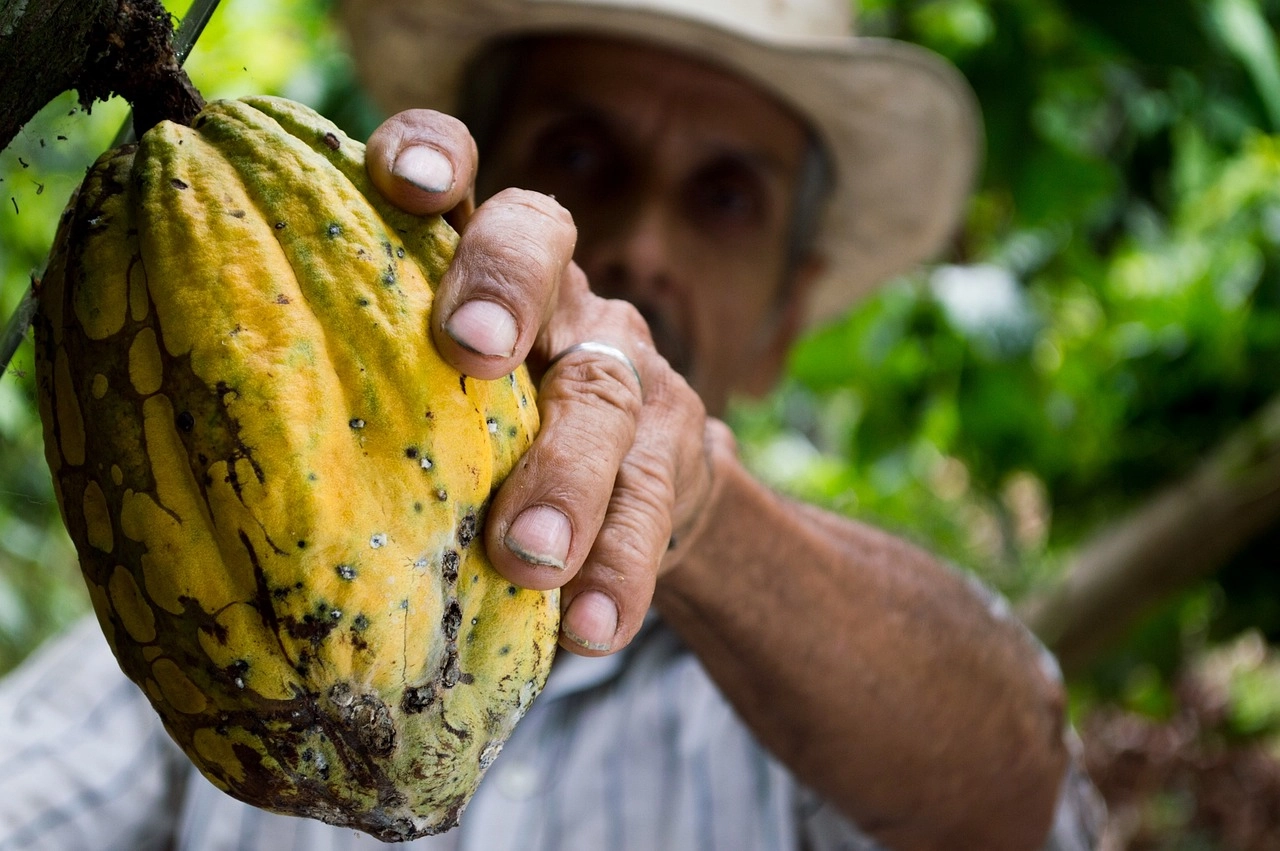Investment opportunities in Colombia (Part 2)
Colombia is one of the most stable economies in Latin America. Macroeconomic strength, an attractive labor force, and a network of treaties and investment guarantees have helped Colombia stand out among regional economies as a strategic hub for the supply of reliable, quality goods and services.

2024/12/23
70








